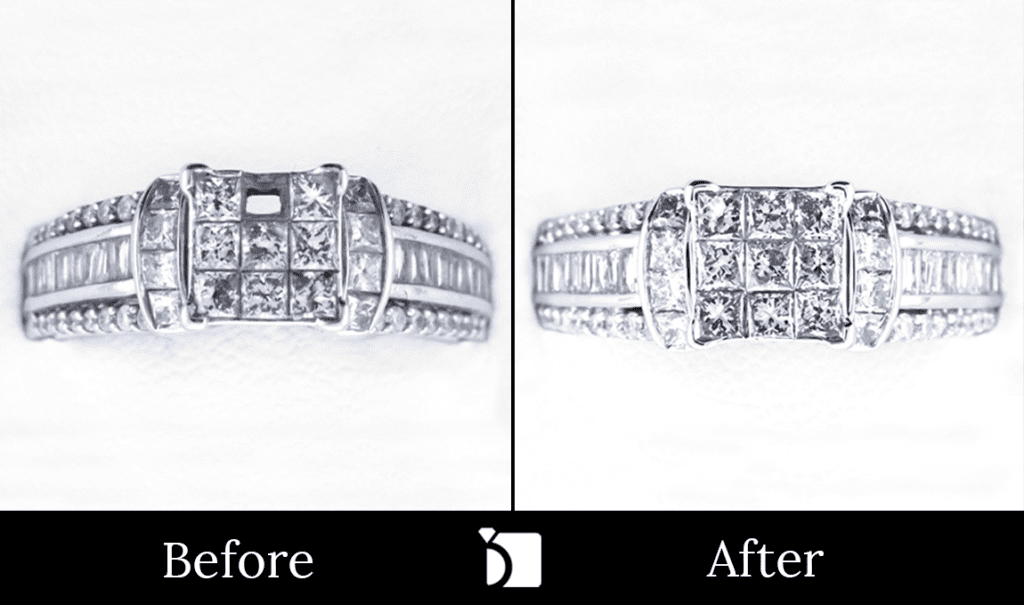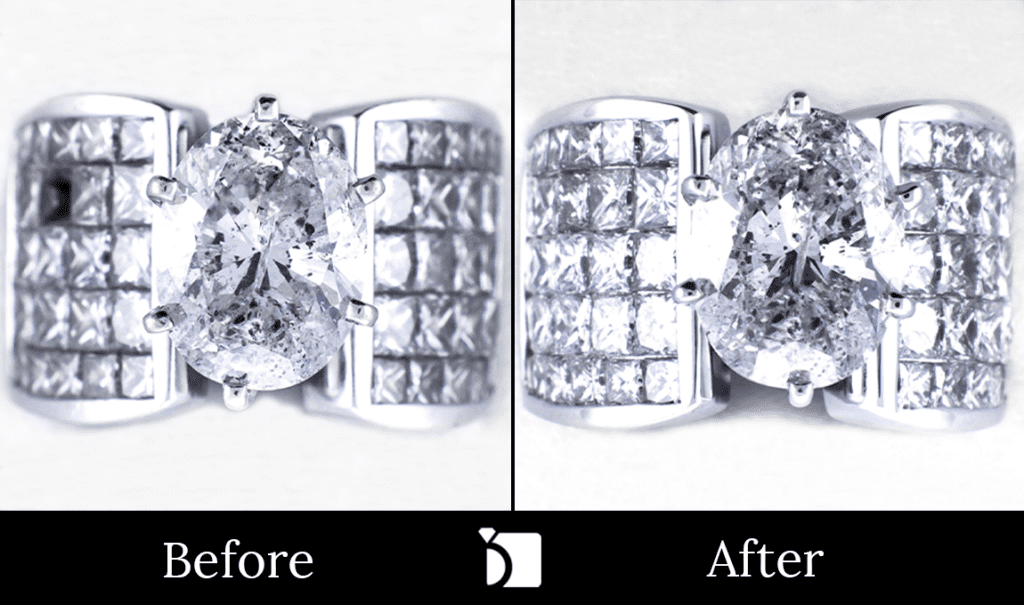The Sparkle and Brilliance of Diamonds
When it comes to diamonds, we understand that there is a lot of information to cover. This inspired us to create our Diamond Guide with the goal of providing our customers with a complete and comprehensive reference for all things sparkle and brilliance.
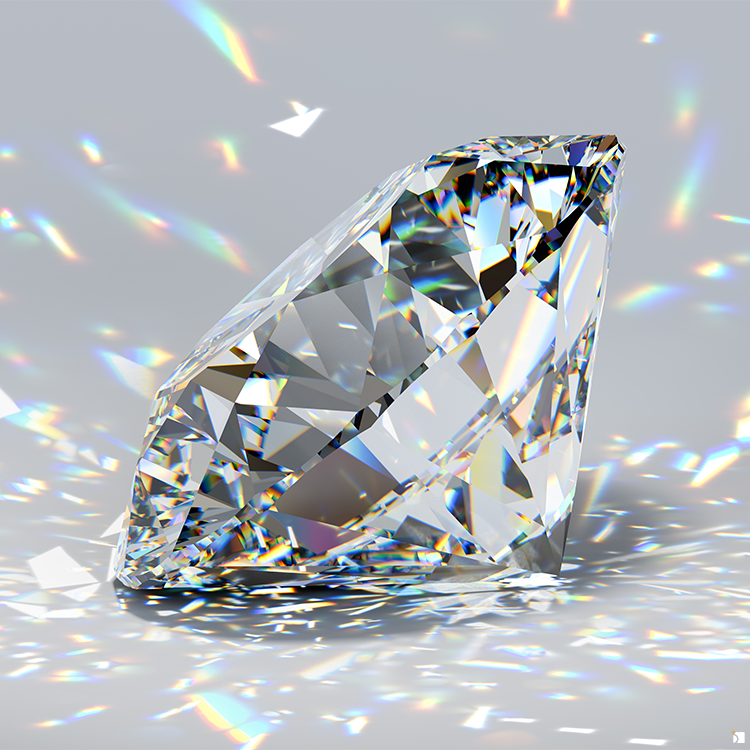
Beginning with how they are formed, all the way down to picking the perfect diamond for your jewelry; we welcome you to embark on a learning experience that will not only improve your diamond knowledge but also your understanding of just how special this gemstone truly is.
More Than a Pretty Stone
“Diamonds are the hardest natural substance known to man, but that is only one of the many properties that make them so special. They also reflect and refract light like no other stone, which creates the sparkle and brilliance that makes diamonds one of the most popular gemstones in the world.”

Understanding the Anatomy and Worth of a Diamond
Sparkle and Brilliance Goes Deeper than the Surface
Perhaps the most important and beneficial diamond knowledge one can possess is understanding how diamonds are valued and what role their anatomy plays in deciding it.
The Four C’s (Cut, Clarity, Carat, and Color)
When discussing the anatomy of a diamond, it is appropriate to begin with the four C’s:
CUT
- The cut of a diamond, or the way it’s shaped, is considered to be the most important factor and refers to its prestige as it influences the way the gemstone sparkles.
- A Round Brilliant Cut is the most expensive cut of diamond due to its shape showcasing the most facets available for catching the light.
- This scale follows the format of Excellent, meaning the cut allows it to have maximum sparkle and brilliance, all the way to poor, which means the diamond is cut in a way that limits its sparkle and shine, almost eliminating its brilliance and value altogether:
- Excellent
- Very Good
- Good
- Fair
- Poor
CLARITY
- The measurement of inclusions/blemishes that are present inside the diamond, and in some cases, on the outside of the diamond. This scale ranges from Flawless (FL), meaning the diamond is absent of any inclusions or blemishes, to Included (I3), meaning the diamond is heavily flawed and contains many inclusions.
- Starting from I3, where flaws are visible to the naked eye, the closer you get to FL, the more expensive the diamond will be valued:
- FL (Completely Flawless)
- IF (Internally Flawless)
- VVS1 to VVS2 (Very Very Slightly Included)
- VS1 to S2 (Very Slightly Included)
- SI1 to SI2 (Slightly Included)
- I1 to I3 (Included)
CARAT (WEIGHT)
- The size of the diamond in regard to its weight in carats. The price of a diamond grows exponentially as you reach each whole carat, starting from 1 carat and so on.
- Because of their value, 0.50 to 0.75 carat diamonds are most popular. The larger the diamond, the rarer it becomes, and therefore the more expensive it becomes.
COLOR
- The color of the diamond ranging from Colorless (D) to Light Yellow/Brown in color (Y-Z). The closer you get to Colorless (D), the more expensive the diamond will be valued:
- D to F (Colorless)
- G to J (Near Colorless)
- K to M (Slightly Tinted)
- N to R (Very Light Yellow)
- S to Z (Light Yellow or Brown)
Depending on where you purchase your diamond, some establishments may provide a Diamond Certification that confirms the quality of diamond, accurate information on its grade, and ownership verification. This also can be referred to as the Fifth C when evaluating diamonds.
Each of these measurements, along with various others, are combined to create a value for each diamond that either deems it less or more expensive. It is important to note that cut and carat weight will have the greatest impact on the price evaluation given to a diamond.
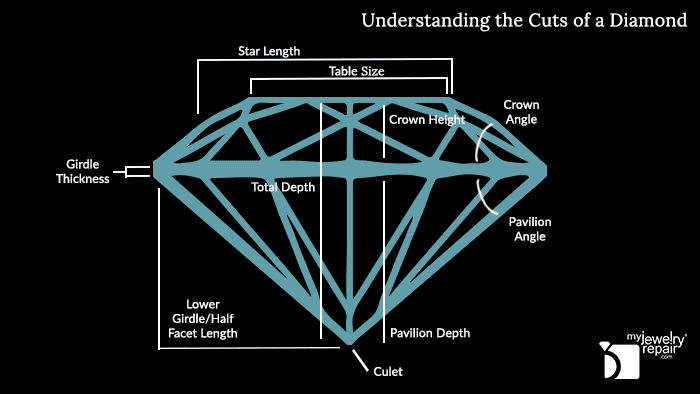
This is the anatomical view of the cut of a diamond and the various aspects that are measured in order to assess the prestige of the cut of the diamond itself.
The girdle should be thin-to-medium thickness, as this measurement is not too bulky, but is also strong enough to withstand daily wear and tear. When it comes to the cutlet, it is more desirable to have a diamond with as small a cutlet as possible.
Each of these measurements impacts the Sparkle and Brilliance of the diamond, thus impacting the value the diamond is given.
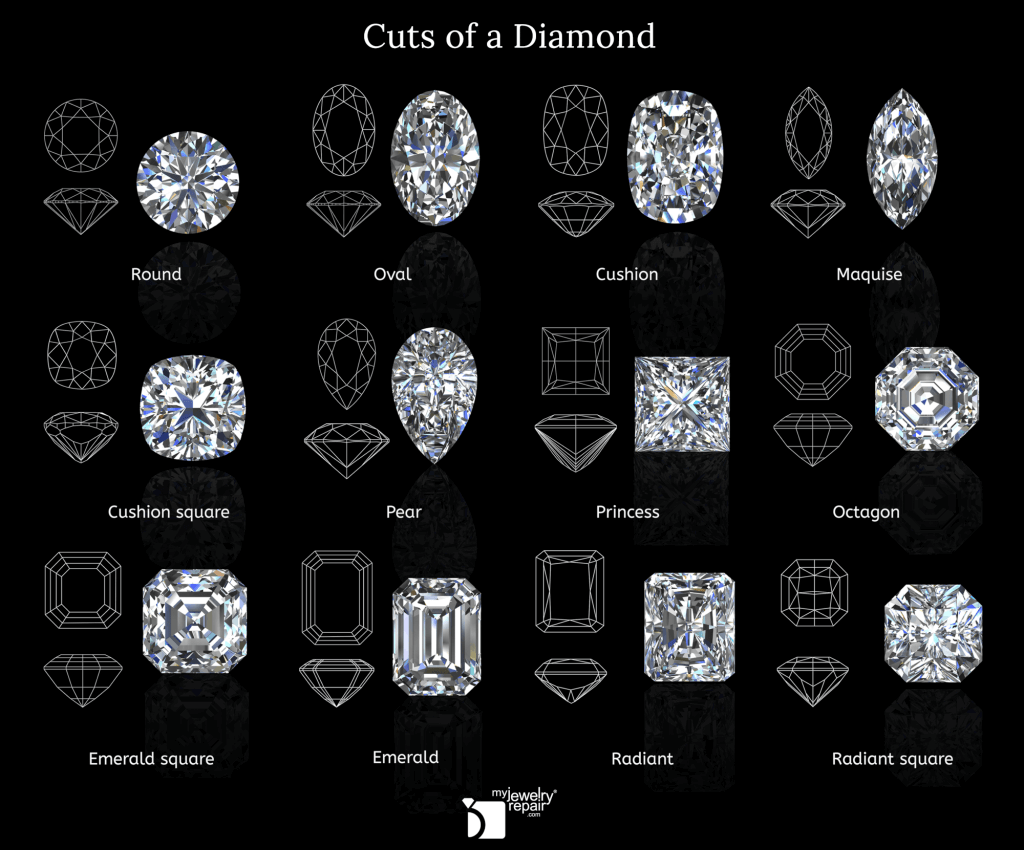
A variety of shapes have become more popular beyond the desired round cut, such as the oval and the square cushion. Although it is still maintained that round is the best cut for showing off a diamonds Sparkle and Brilliance.
Diamond cut grade is evaluated by several factors that include face-up appearance, optimal weight design, and quality of craftsmanship.
If you would like to learn more about the Diamond Cut Grade, please feel free to visit the GIA Diamond Cut Grade guide.
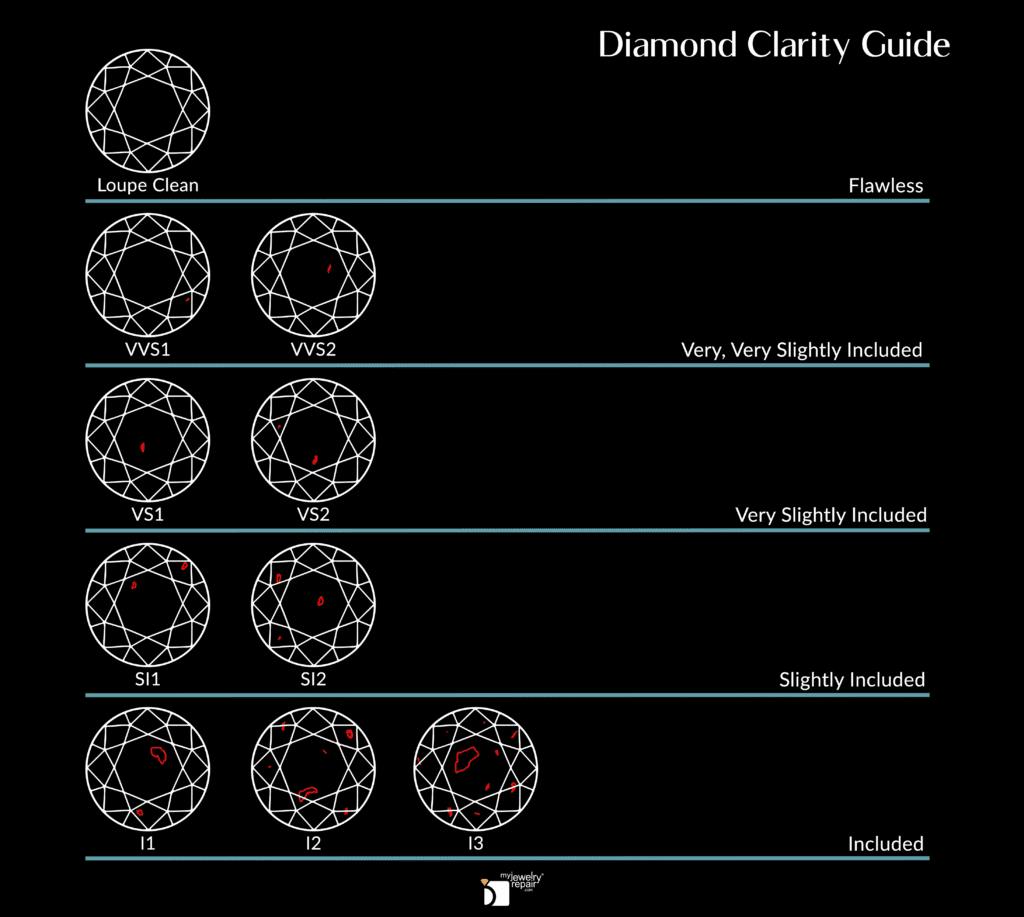
The Clarity of a diamond is of particular interest when choosing whether or not to splurge on a few extra thousand dollars. The interesting part is that Clarity is the only C out of the four where you are typically unable to notice a difference without the use of a microscope. In many cases, the diamond will look very similar to the naked eye with or without inclusions.
To learn more about the Anatomy and Worth of a Diamond, continue reading at GIA’s Diamond Quality Factors guide.
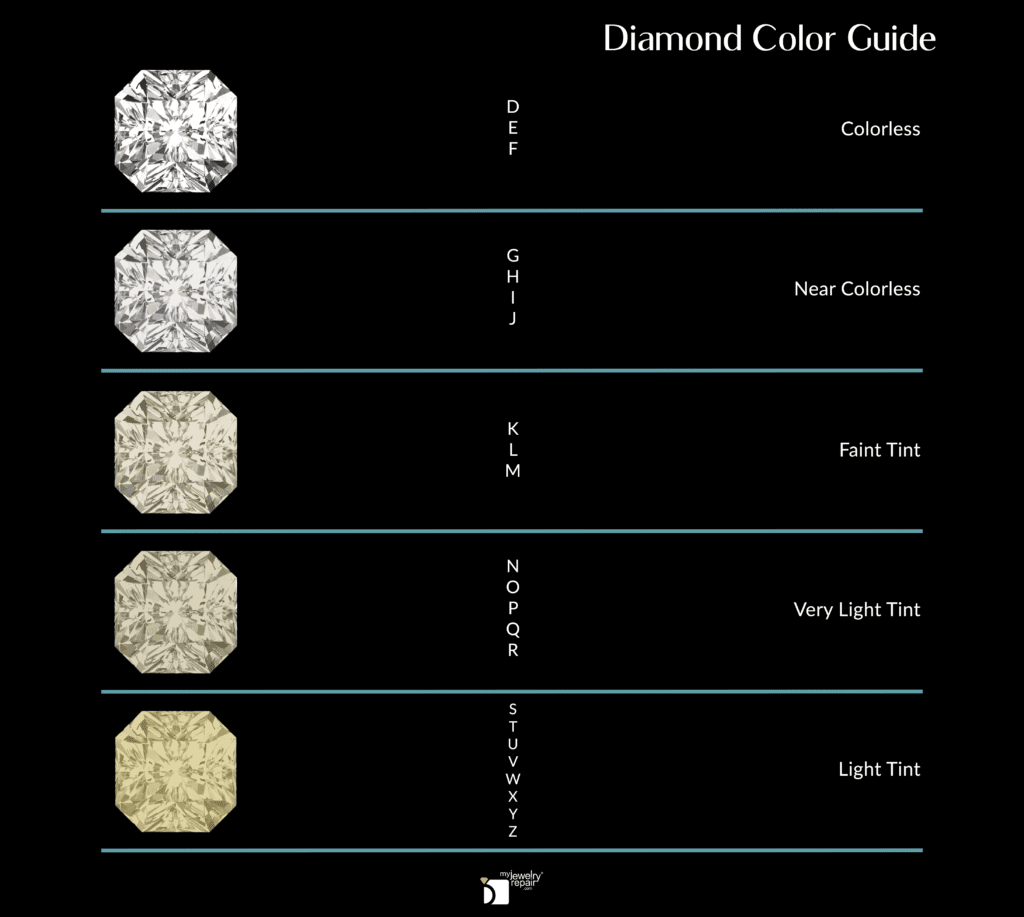
The color system starts with the letter D as the GIA Color Scale was created with a fresh start in mind from all of the inconsistency and inaccuracy of other grading systems. These diamond colors are usually something you can’t see as they distinctions are so subtle and nearly invisible to the untrained eye.

Natural vs. Lab-Created Diamonds
The “Real” and the “Fake” of Sparkle & Brilliance
It is important to talk about this new trend in the jewelry industry.
Although natural diamonds have not lost their appeal in the slightest, there are a few advantages for lab-created diamonds beyond ethics.
Lab-created, or lab-grown, diamonds tend to be:
- More Affordable
- More Durable
All in all, natural diamonds are still the desired diamond of choice and there is no sign of this changing anytime soon.
For more information regarding Natural Diamonds vs. Lab-Created Diamonds, please check out Is There a Difference Between Natural and Laboratory-Grown Diamonds?
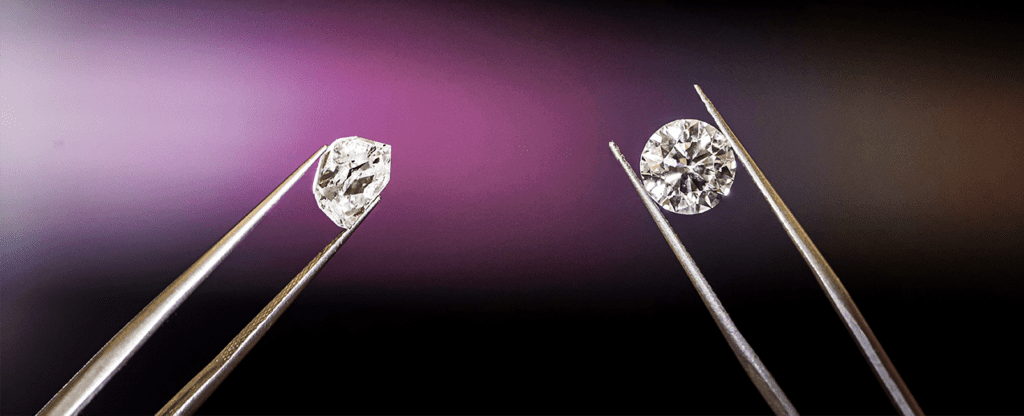

Historical Diamonds Around the World
The Beginning of Diamonds: Before the Brilliance and Sparkle
Diamonds are a result of extreme levels of combined heat and pressure. As one of the most miraculous natural substances known to mankind, diamonds have maintained their value, as well as have continued to represent wealth, luxury, and beauty throughout their entire existence.
To learn more about the Beginning of Diamonds, continue reading at… How Do Diamonds Form?
The Cullinan Diamond
It’s no surprise that diamonds are some of the most expensive gemstones on Earth, however, there’s always a “best of the best.” The Cullinan Diamond is the largest, heaviest, and most expensive diamond ever discovered. This diamond initially weighed at a whopping 3,106.75 carats before it was split into a total of 9 different diamond pieces. Read more about the history of The Cullinan Diamond and learn who currently claims ownership of the gemstone currently valued at $400 million.
The History Behind the Diamond Engagement Ring
With the most expensive documented diamond, comes the oldest documented diamond engagement ring when looking into the history of diamonds. Diamonds did not always hold the value that it has today, and actually came from a marketing campaign coined “A Diamond is Forever,” increasing the desire for diamonds and making a turning point in the history behind the Diamond Engagement Ring.

The Tales of Cursed Diamonds
Over the years there have been many gemstones believed to be cursed, but the most famous of the gemstones is the Hope Diamond. This lustrous blue diamond weighing 45.52 carats is surrounded by tales of misfortune.
Another famous cursed diamond is the Black Orlov Diamond, which is a 67.50-carat cushion cut black diamond, considered the 7th largest black diamond in the world. This stone has a dark history and is shrouded in mystery. There are differing views as to whether the stone was really cursed, and there are a few strange occurrences that support the cursed stone lore.
Who knew one of the largest black diamonds in modern world would be named after cryptocurrency? Previously known as “The Enigma,” this 555.55-carat black diamond is believed by experts to literally have originated in outer space. The particular diamond was recently won in the Sotheby’s Dubai auction house on February 9th, 2022 by Richard Heart of HEX.com and other Crypto projects. Heart has re-named this special black diamond after his company, the “HEX.com Diamond.”
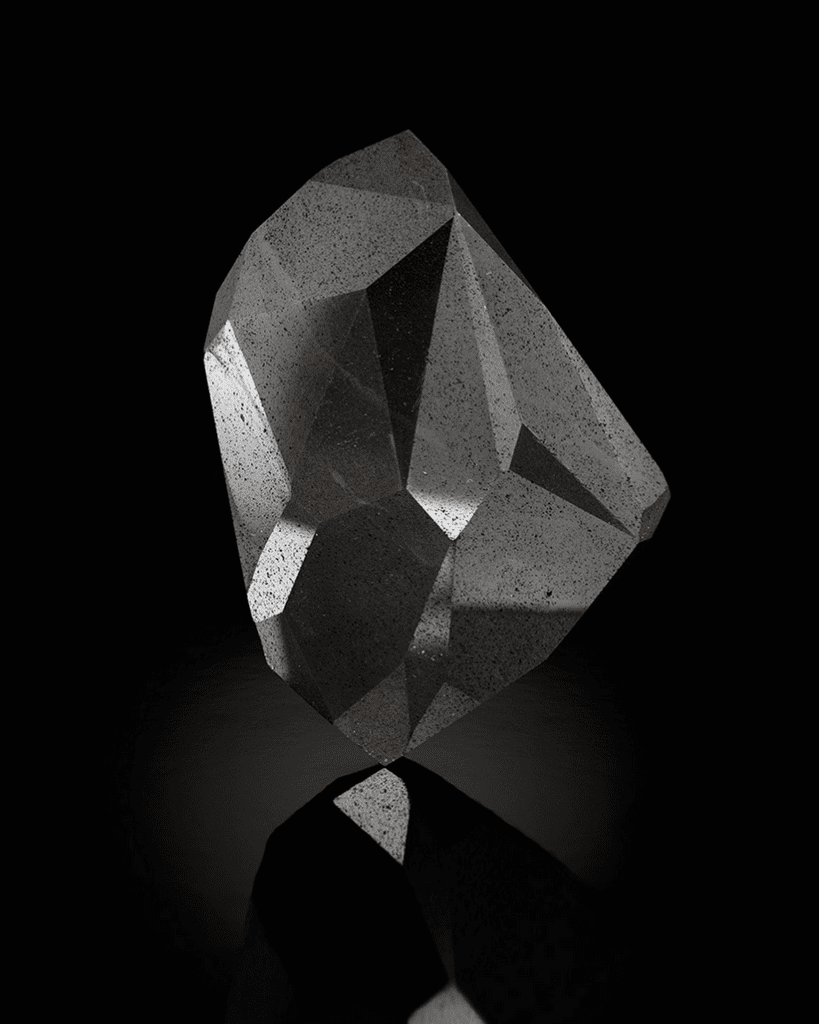

Picking the Perfect Diamond for Your Jewelry
The Sparkle and Brilliance that Fits
Diamonds come in all shapes and sizes, literally. When choosing the perfect diamond for your jewelry, it is important to consider your options, as well as the characteristics of the jewelry that will impact your decision.
- What type of jewelry are you adding the diamond to – a ring, necklace, bracelet, earrings?
- What kind of metal is your jewelry made out of?
- What cut would look best in your jewelry’s setting?
- Will the diamond be a solitaire or will it have side-stones accompanying it?
Each of these questions will help you nail down the perfect diamond for your setting, as well as better visualize the look you are going for!
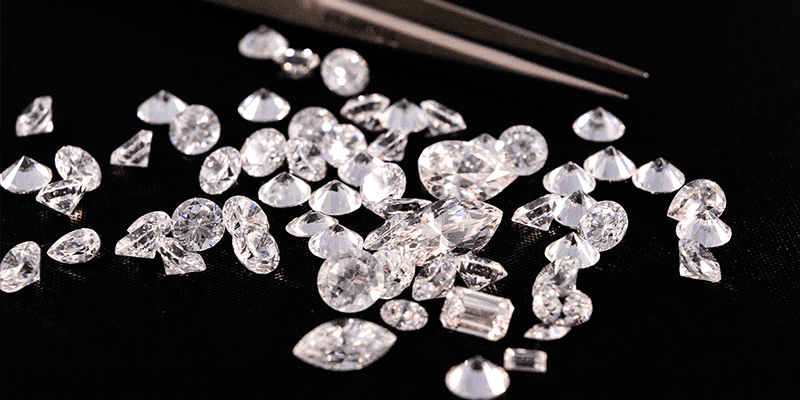

Caring for Your Diamonds
Maintaining the Sparkle and the Brilliance
Diamonds are particularly tough gemstones that do well when facing direct contact, as well as natural wear and tear. At the same time, they are also known for attracting grease to their surface, causing them to lose the sparkle and shine they once had. Unfortunately, even the slightest amount of oil from your fingers can cause a diamond to lose its shine.
This property of diamonds makes it crucial for those who own their own to understand how to properly clean and care for them. Maintaining the sparkle and brilliance of your diamond is not a hard task, but can be as simple as a routine wash with warm water, a soft-toothed brush, and some dish soap.
“How Do You Clean and Polish Diamonds?”
Our At-Home Step by Step Cleaning Process
- Clean your diamond jewelry on a regular basis, once or twice a week, by simply soaking them in a mild de-greasing solution, such as warm water with a few drops of dish-washing liquid.
- After soaking your diamond jewelry, use a soft brush, even a soft toothbrush will work, to gently remove any remaining dirt and oil. Be sure to clean the underside of your diamond since this is where dirt and oil can build up quite easily in the hard-to-reach places.
- After a good cleaning, be sure to rinse your diamond jewelry with water. Remember to close the drain if you are cleaning them over a sink.
- Lastly, dry them with a soft cloth, preferably lint-free.
Many people recommend using toothpaste or strong cleaning agents on diamonds, but these types of cleaners may be too harsh or abrasive for the metal setting holding your diamonds in place.
A Step Further in Diamond Care
In order to give your diamonds the best care possible, be sure to have your diamond jewelry professionally cleaned, polished, and inspected every six months by experienced professionals such as us at My Jewelry Repair (more information below)!
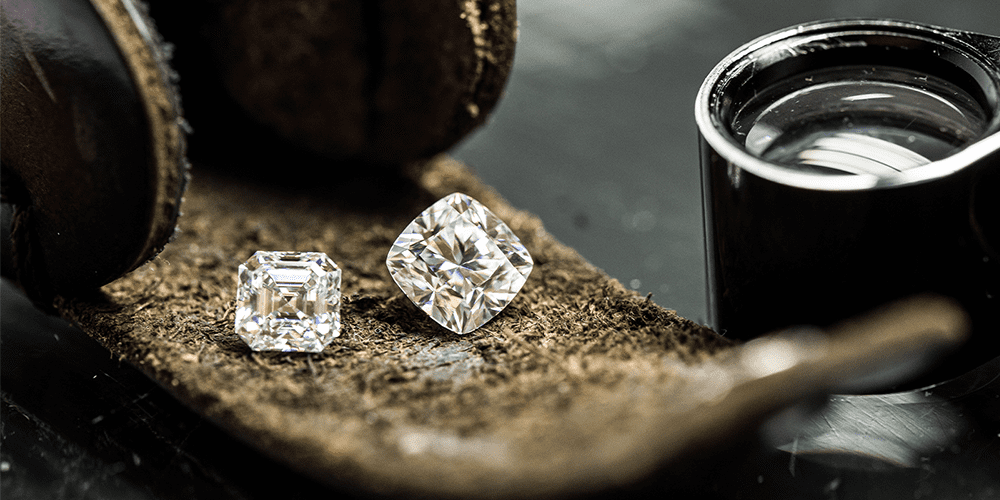
Resources:
- ¹Diamond Precious Stone Lab-Grown by GrownDiamond on Pixabay: https://pixabay.com/
- ²Painting of Archduke Maximilian of Austria and Mary of Burgundy: https://hemmahoshilde.wordpress.com/
- ³55-sided, 555-carat ‘Enigma’ black diamond by LiveScience: https://www.livescience.com/
Diamond Services
We Specialize in Sparkle and Brilliance
My Jewelry Repair is the perfect source for your semi-annual clean, polish, and inspection service. This service not only provides professional cleaning but also inspects the mounting to ensure the metal is in good condition as well as the security of your stones. This service helps to keep your diamonds and all your jewelry looking like new and is available for $39.99.
We have a variety of options in our catalog of diamond services including:
Have Questions?
Clean & Polish Services
“A basic clean, polish, and inspection is part of the routine care and maintenance needed to keep your jewelry looking like new. The inspection process includes looking for loose stones, bent prongs, and any damage to the metal or stones that need to be repaired.”
Stone Setting Repair
“A stone setting repair can be a simple re-tipping of a worn prong (which is considered routine care and maintenance) or the complete rebuilding/replacing of a damaged prong. In the case of severe damage, the entire head of the ring may need to be replaced.
Regardless of whether or not the prongs are compromised due to normal wear and tear or a result of accidental damage, we can provide the routine care and maintenance in order to ensure you do not lose a stone in your setting.”
Diamond Replacement Services
“The process of a Diamond Replacement is simple enough, yet requires trained eyes to be able to make a flawless switch. We aim to leave no trace of our work, which means not only will your setting be perfected, but the diamond we choose will complete your jewelry piece effortlessly.”
Diamond Ring Repair Services
“Our Diamond Ring Repair service begins by evaluating your item. In the case of a missing diamond(s), we search for a perfect match to replace the missing gem(s). If your diamond ring simply needs a clean and polish, we will provide the necessary service.
In the case your diamond ring has more extensive damage, we are prepared to cover all of your ring repair needs from ring resizing, all the way to soldering your ring back together.”
Invisible Setting Repairs
“A centuries-old, originally French technique, invisible set gemstone jewelry (aka the Invisible Setting), is one of the most beautiful setting types available. It involves the process of setting stones side-by-side, hiding the metalwork underneath, which can give the appearance of a larger stone. This technique creates an uninterrupted flow in the gemstones, thus producing the coveted “Invisible Setting”.
We hand-select master jewelers who not only know how to perform an invisible setting repair but are specialists in the art of this technique. Your special accessory will be placed in the hands of a professional who appreciates the difficult process of making your invisibly set jewelry as perfect as possible.”
The Glue Method is not a practice we subscribe to at My Jewelry Repair.
Diamond Gemstone Services
“The most trusted way to identify if your diamond is real or not is to have it inspected directly by an experienced jeweler. My Jewelry Repair happens to have Master Jewelers, who have long-term experience with diamonds, as well as the equipment needed to work with these gemstones.
Depending on where you purchase your diamond, individual companies may provide a Diamond Certification that confirms the quality of diamond, accurate information on its grade, and ownership verification. This also can be referred to as the 5th C when evaluating diamonds.”
Want to look into our Diamond Services?
We are proud members of the

Our team includes gemologists certified by


